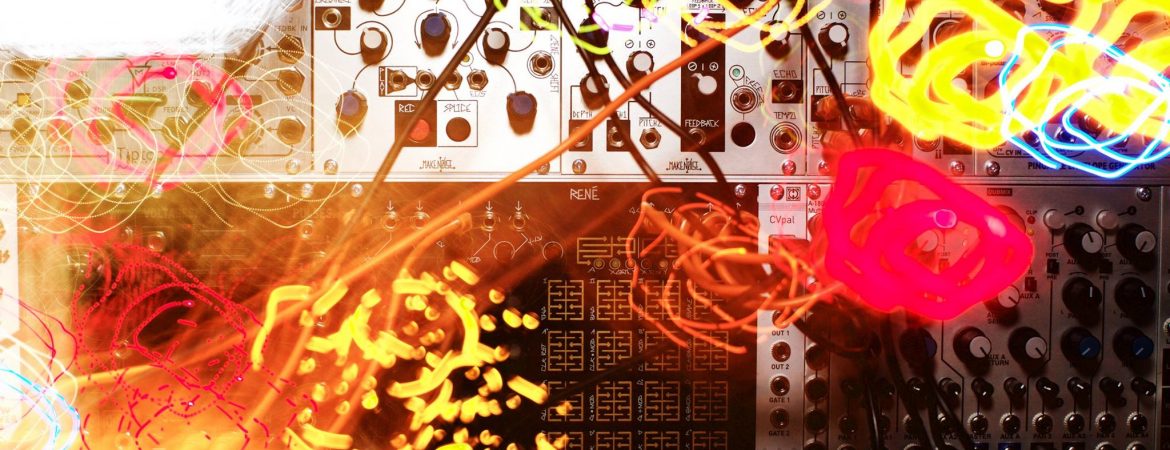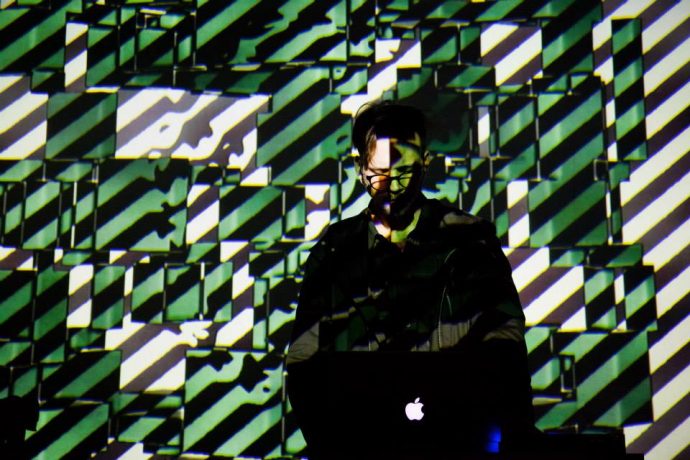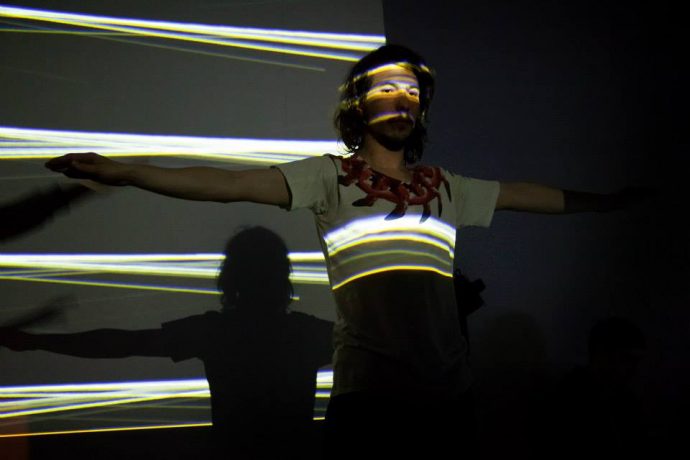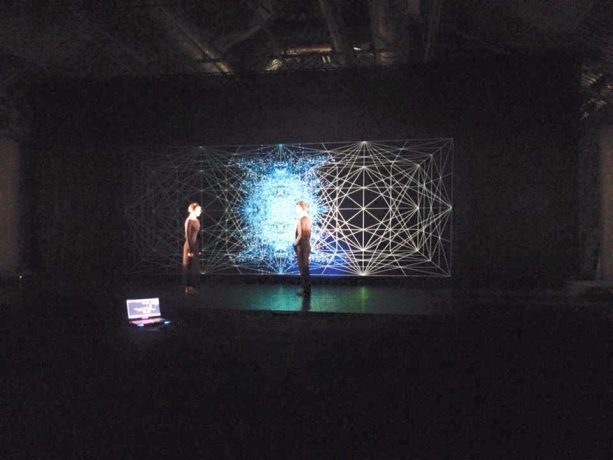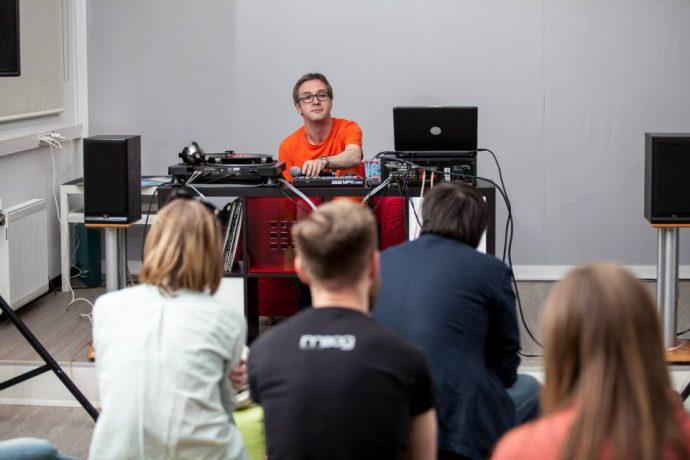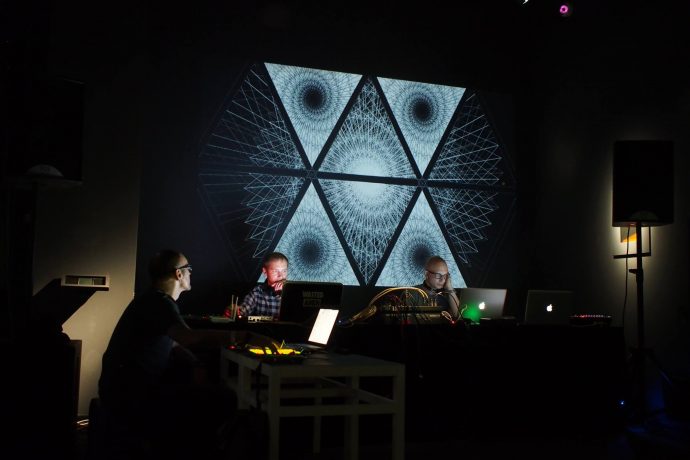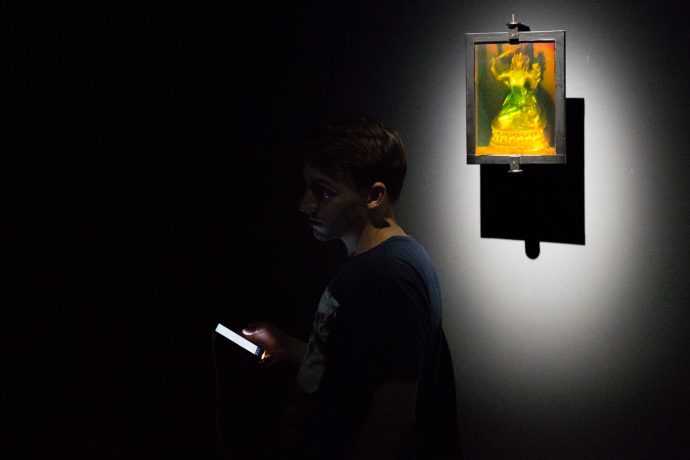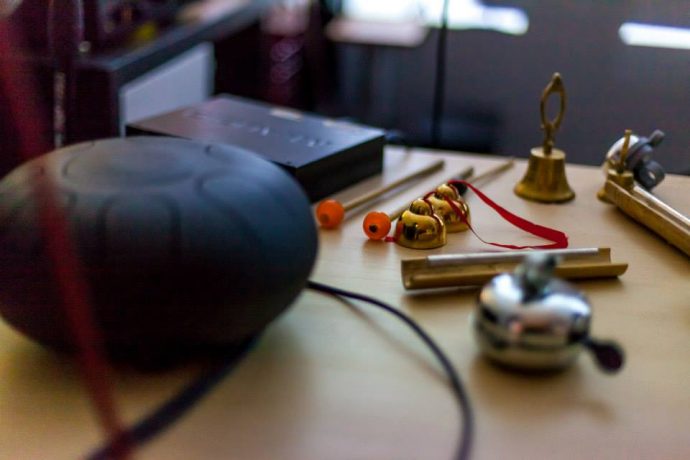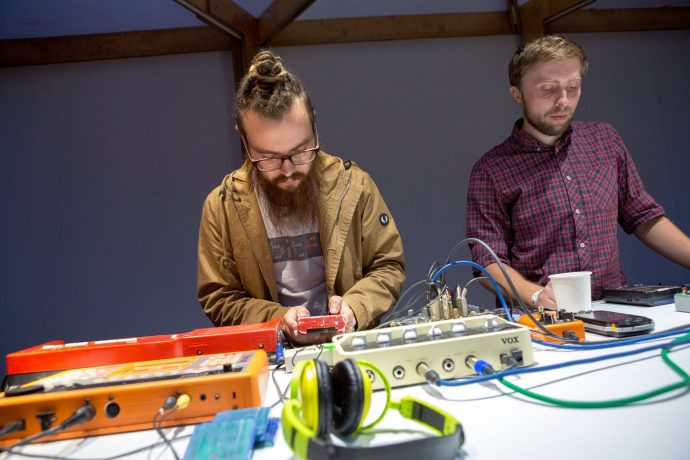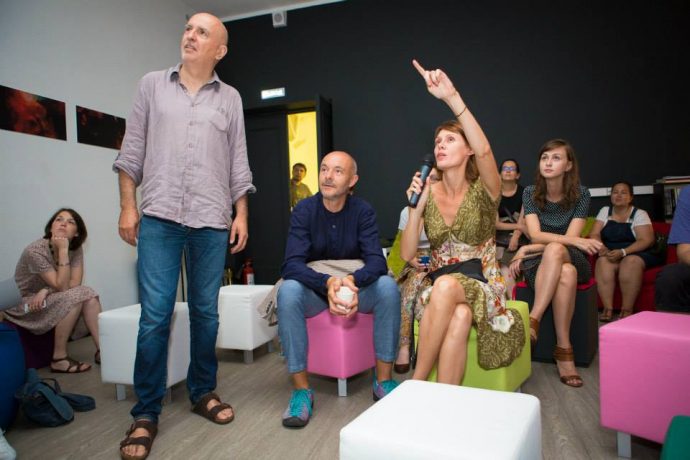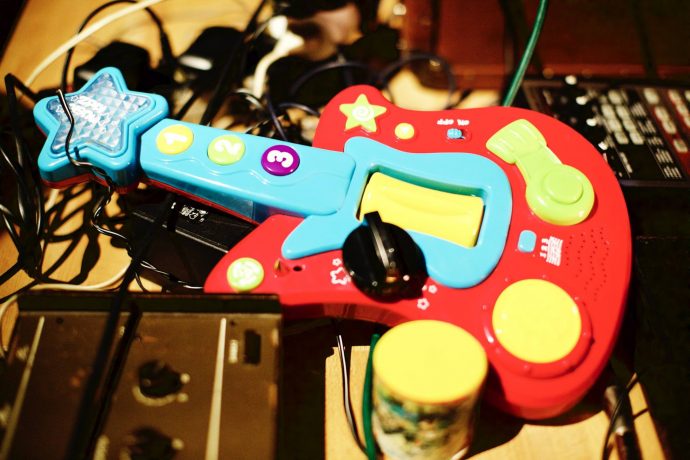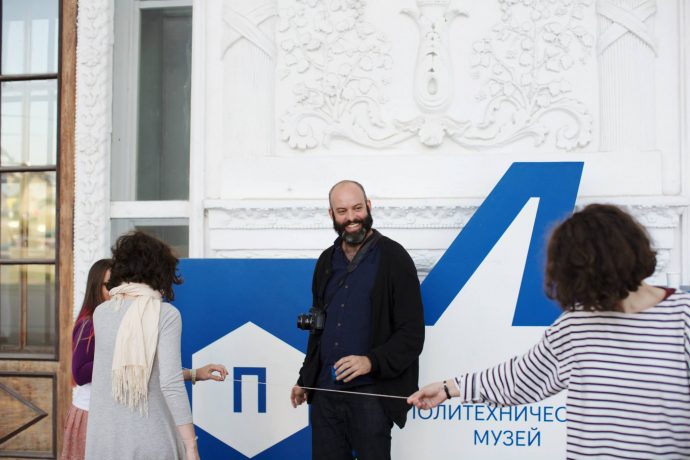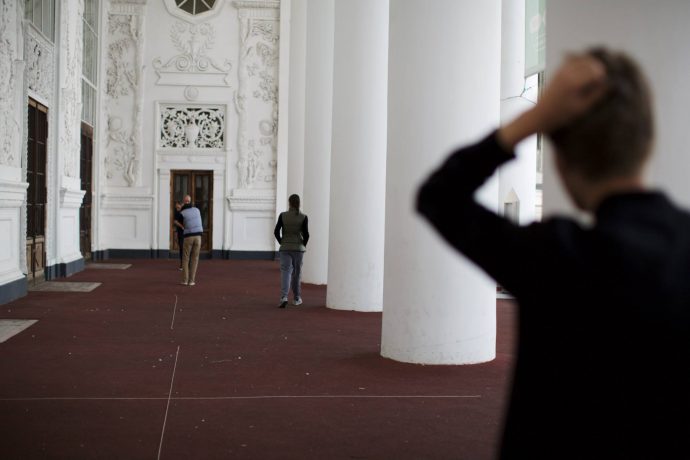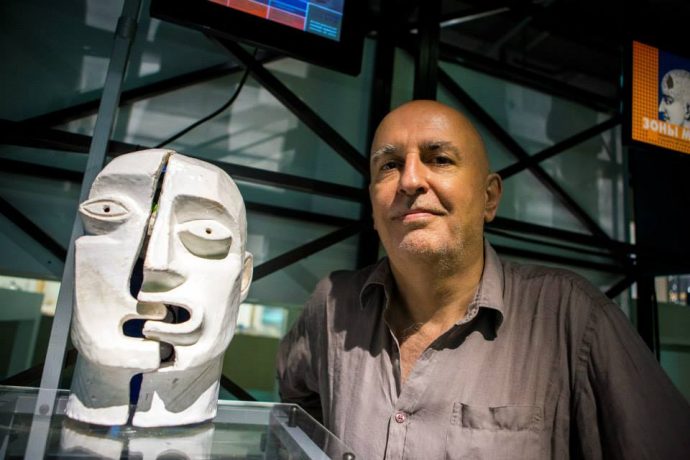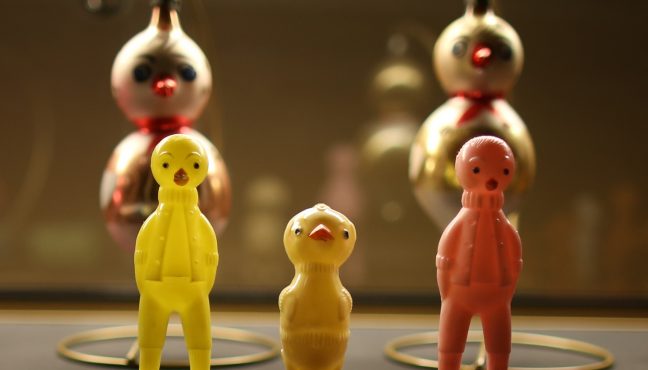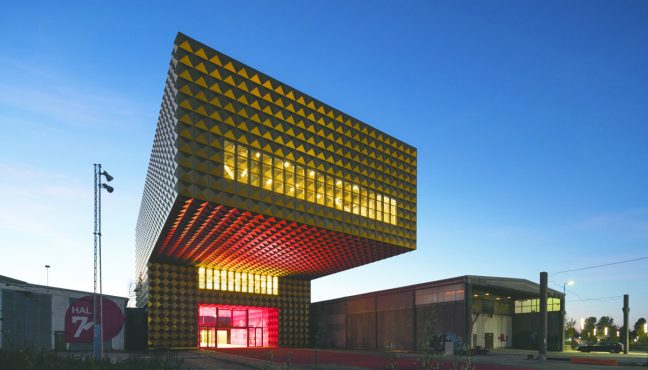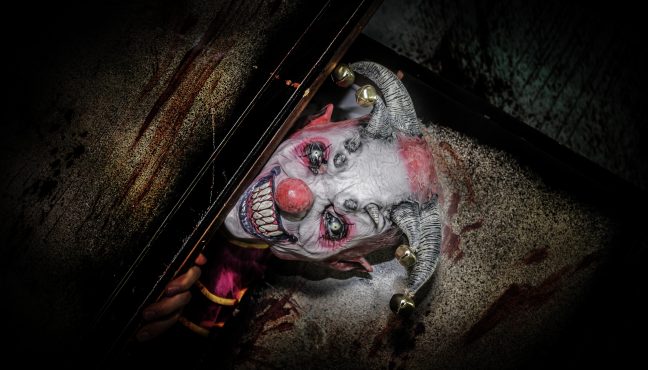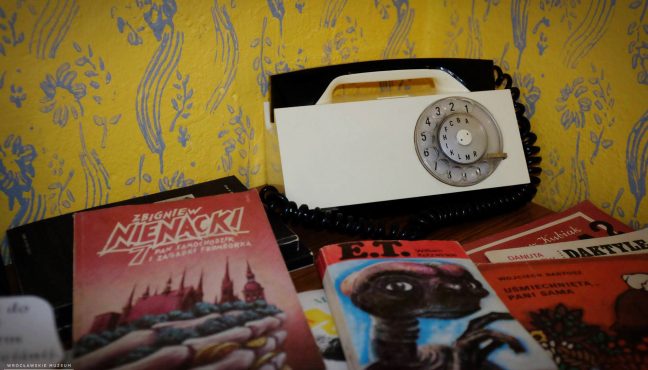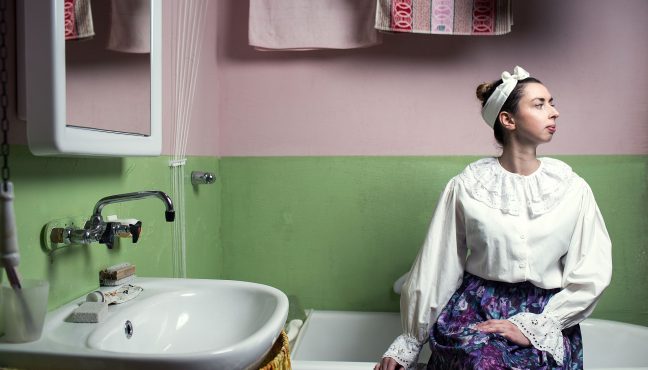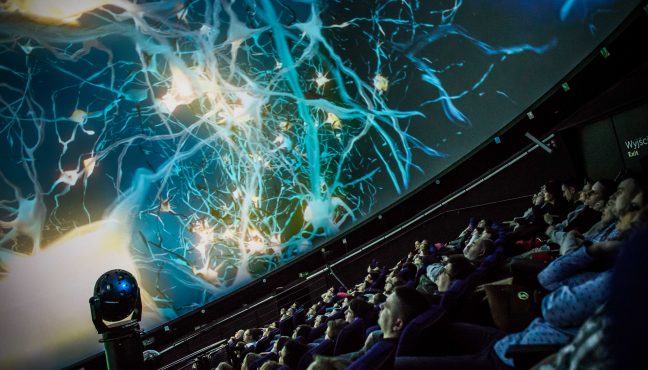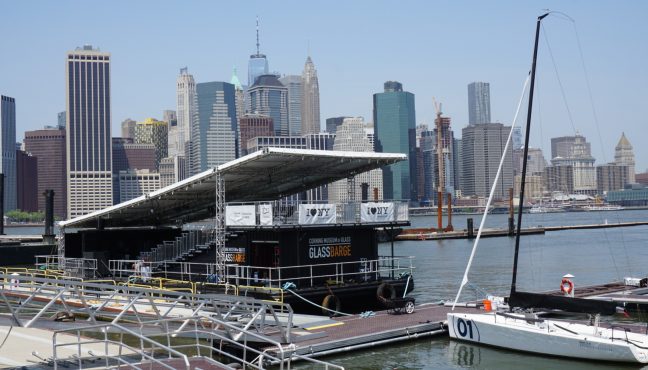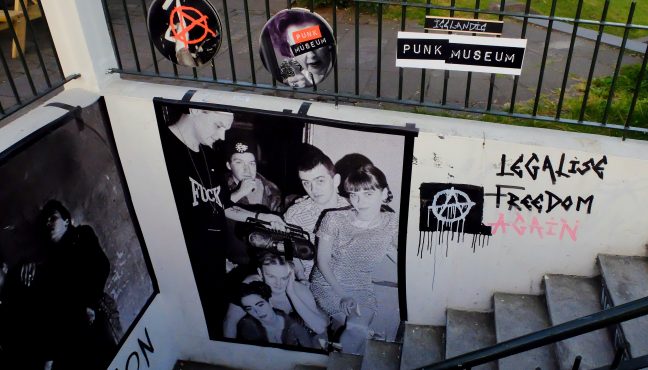The Polytechnic Museum was founded in the Russian Empire in 1872, making it one of the oldest science and technology museums of the world. The Museum has always inspired and supported young professionals; since the very beginning one of its missions has been drawing the audience's interest to knowledge and achievements of the human mind. Today the Polytechnic Museum, widely known as PolyTech, is renovating not only its historical main building, but also its approach to achieving the main goal: going beyond collection, lectures and exhibitions. The new PolyTech is a platform for scientific discussions, educational projects, intellectual efforts and media communication in every available form. Museeum met with Natalia Fuchs, interdisciplinary projects curator at the Polytechnic Museum, to find out more about an exciting new project – the “Electronic Livingroom” – cross-disciplinary platform, offering programs for everyone interested in technology and art.
How did the idea of the Electronic Livingroom come around?
"Polytechnic Museum has begun the modernization project a few years back: our historical building has been under reconstruction for sometime now (it will only be reopened in 2017-2018), so in order to engage our audience, we started working with various venues and institutions – VDNKh (that’s where the Electronic Livingroom is located) Strelka Institute, ZIL Center, Garage Museum of Contemporary Art, Multimedia Art Museum and others. For years the museum has been building a community for kids, teenagers and adults interested in science. Today we organize exhibitions, lectures, discussions, screenings and festivals throughout Moscow for every age group. Our newest project – Electronic Livingroom is meant to be a scene for media and sound artists, musicians, performers, curators and technological community. Every professional in audiovisual arts and audiovisual technology is part of our demographic. One of our aims is to promote technology and science to everyone interested in media art".
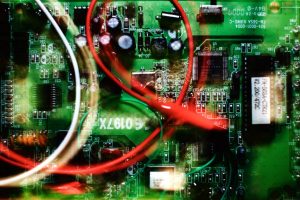
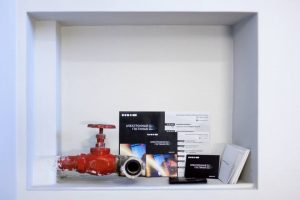
Today museums try to create events for a bigger audience. Why did you decide to develop a program for such a narrow group? It looks like an intimate space for a few people.
"And it is! Actually big ideas require intimate space at first. We are truly happy when our livingroom is full of guests on the day we present a new AV performance that involves new technologies or a specific area of scientific research; when we discover young media artists or when we organize lectures and public talks for a very specific target audience (innovative research, technology or science professionals). We establish direct contact with opinion makers, “it-girls” and “it-boys” of science. Electronic Livingroom was launched as a creative laboratory or curatorial studio, it was not meant to be a public social club, but throughout the first year, public interest grew so fast that now several laboratories exist in the Electronic Livingroom framework: Laboratory of Interactive Performance (run together with media artist Alexey Yepishev and choreographer Yulia Chekmas), Audiovision Lab (with co-curator Alexey Shcherbina), and McLuhan Club (with media researcher from Higher School of Economics Varvara Tchumakova). It is now a platform to collaborate with established and young artists, with international organizations, a place to produce projects for international festivals and exhibitions. But still it feels cozy. “Intimacy” in this case works really well. The livingroom has grown, but the audience is supportive and understanding, we continuously work to secure that. Luckily artists and technologists have a chance to work together, combining contemporary audiovisual art with modern technology in a very comfortable setting of the Electronic Livingroom at the Polytechnic Museum".
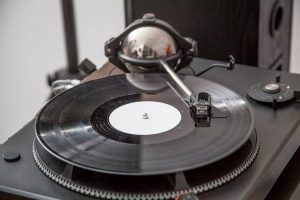
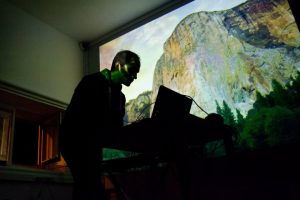
"We want to safeguard a place where creative minds can develop and test their bold ideas, a sort of supportive audience for media artists", - Natalia Fuchs.
Would you say that the Electronic Livingroom is mostly for art, science and music professionals with profound knowledge on the subject? Is your program adapted for an average art lover?
"We always think of people who come in for the first time and want to have an idea of what audiovisual art, sound, electronic and experimental music are in relation to technology and science; what multimedia and visualization is to modern society; how minds, ecology and the world are being influenced. We don’t want the Livingroom to be hostile to new audiences. Public talks and lectures give a better understanding of the subject to wider audience. We organize audiovisual performances and concerts where people can enjoy music and visuals, ask questions, meet artists and other guests, find more information on our projects. It is a good way-in for art lovers: friendly atmosphere and easy-going discussions; also it is a space, where the open minded technology specialists can contribute to contemporary art with technology and science. We are always there to help people communicate and we are happy when our public events lead to new collaborations".
What were the most interesting events you organized in the Electronic Livingroom so far?
"Now it's the right time to think of our past season, but it's difficult to point out the most significant events. We cover a wide spectrum of genres and areas trying to think of unusual forms of representation and performative aspects of modern culture. We hosted two lecture series: Nick Zavriev's lectures on electronic music (where we learned not only the history, but also key compositions in this genre) and Andrey Orlov’s lectures on technology of electronic music. Andrey showed his legendary collection – old school synthesizers, drum machines and so on and dwelled on the creative processes. During the AV live series we showed audiovisual performances by many local experimental artists (::vtol::, Alexei Borisov, Solo Operator, Pavel Zhagun, Alexander Senko and others), labels (Kotä Records, Art-Tek) and international guests (Nicolas Melmann, Peter Kirn, Mico Rex, Thorsten Storno, Arma, Paul Roth, Ian Douglas-Moore). Sometimes our Electronic Livingroom was turned into a gallery. Last August we hosted “Cage suite” audiovisual installation (Videoformes festival, France)".
Are you planning to recreate any key sound art performances?
"Next year we will launch lecture series researching what sound performances are all about. Maybe recreation of performances will come up as an outcome of this lecture series, let’s see! For now the Electronic Livingroom hosted Polytech.Science.Art workshop dedicated to Synesthesia and the reconstruction of historical Soviet light-and-sound machine Crystall. The reconstruction has not yet come to an end, we work on it together with Russian artist ::vtol:: and construction bureau Prometheus, where this machine originally came out in the 1960s".
Do you think the Electronic Livingroom will turn into a new type of an intellectual club?
"It is already an intellectual club! There are ongoing sessions on audiovisual context and electronic arts, on many pivotal subjects. Our main concern now is moving back to our historical building in the heart of Moscow. I believe it will be the powerful place bringing people together. So the potential is right there. It is “in the blood” of the Polytechnic Museum, since it has always been an important place for intellectuals in Moscow and we aim to develop our projects to bring in anyone open-minded and everyone thinking outside the box".
